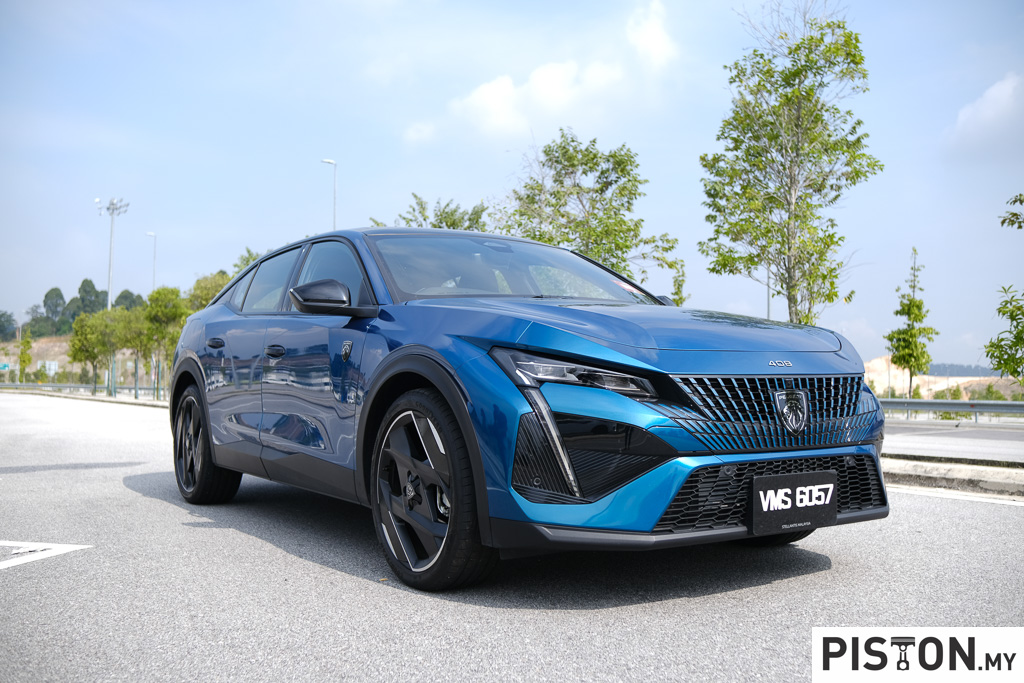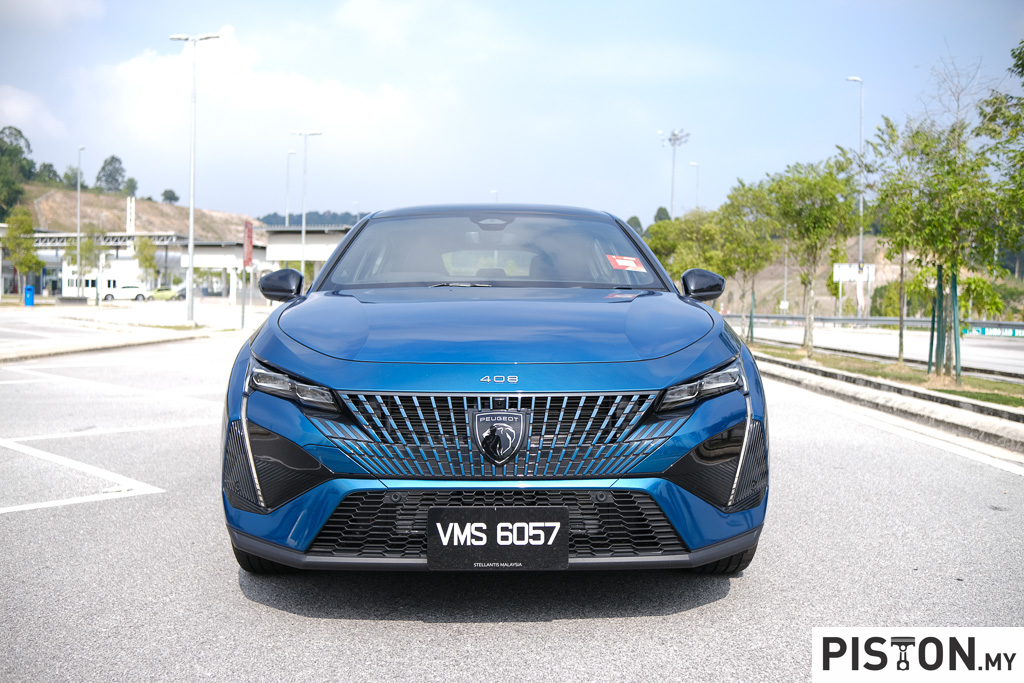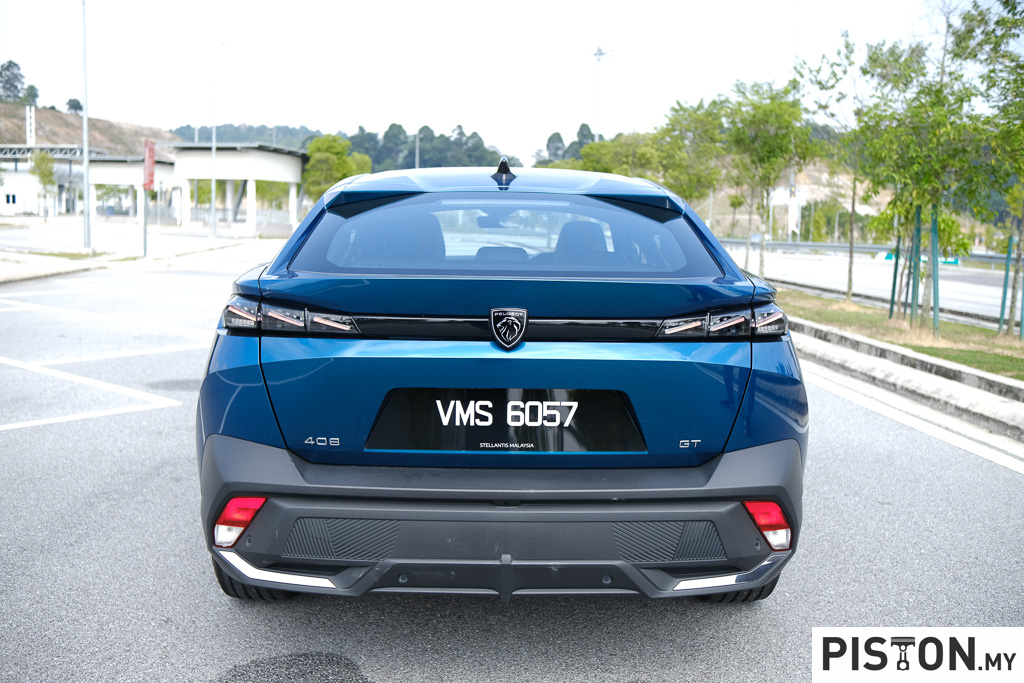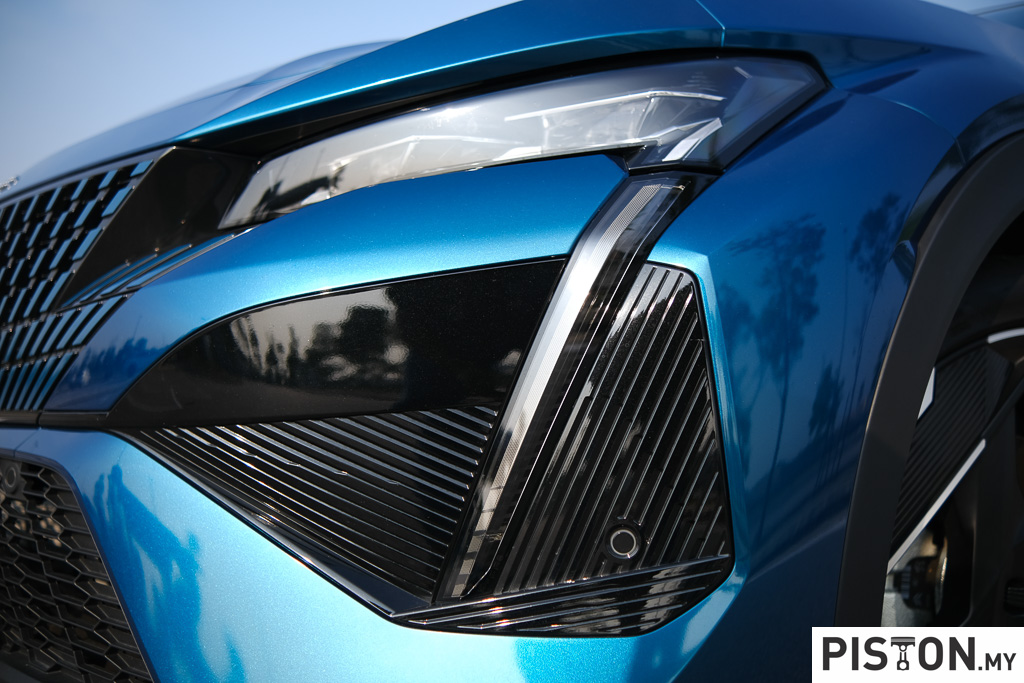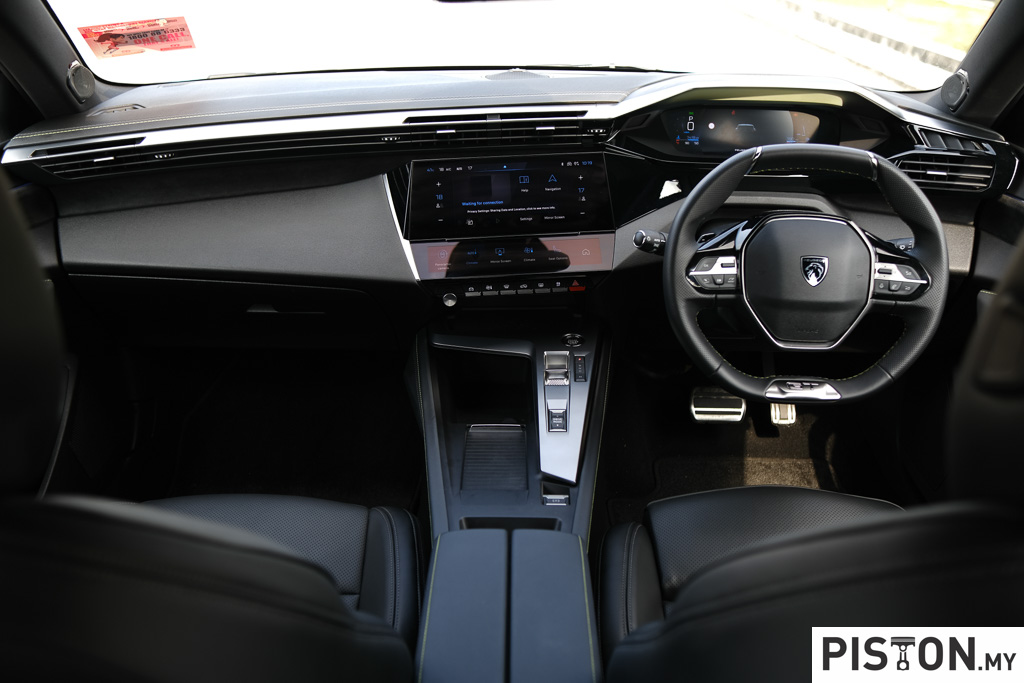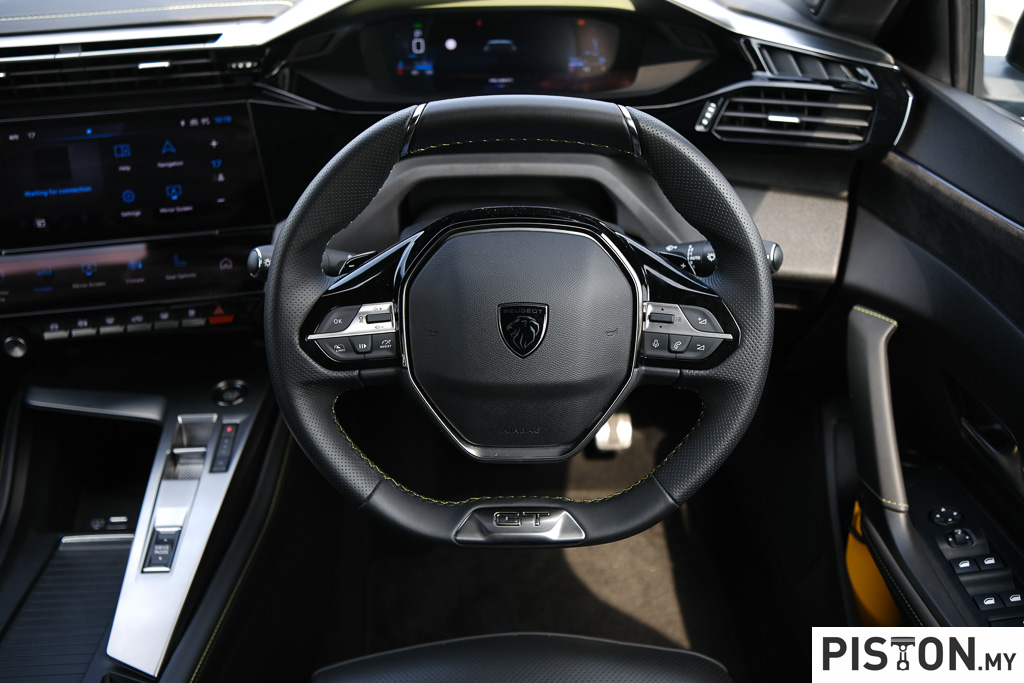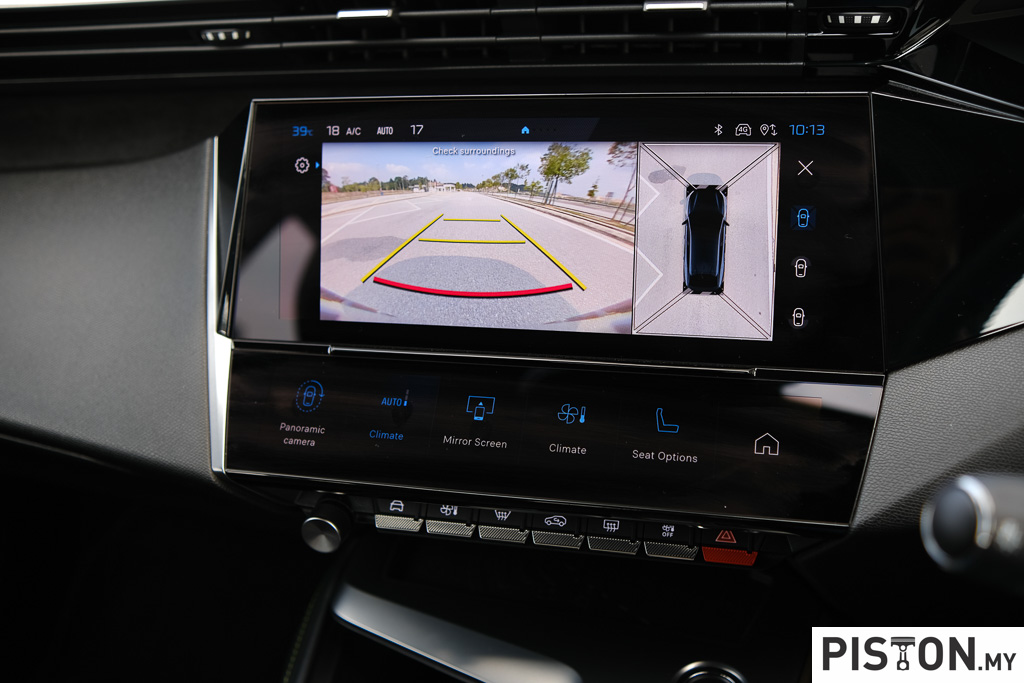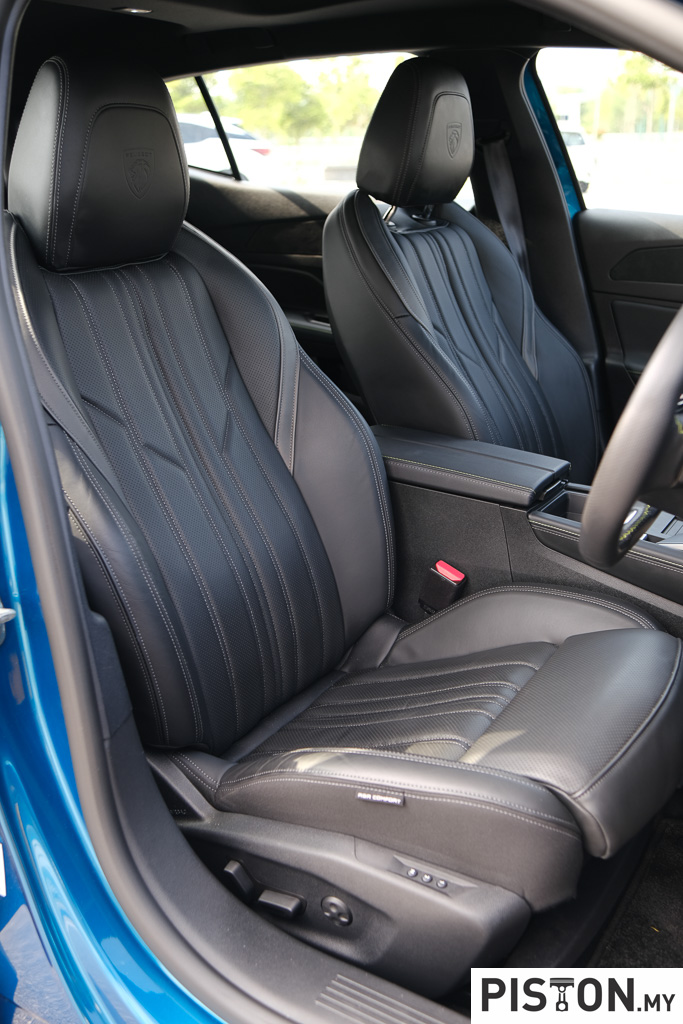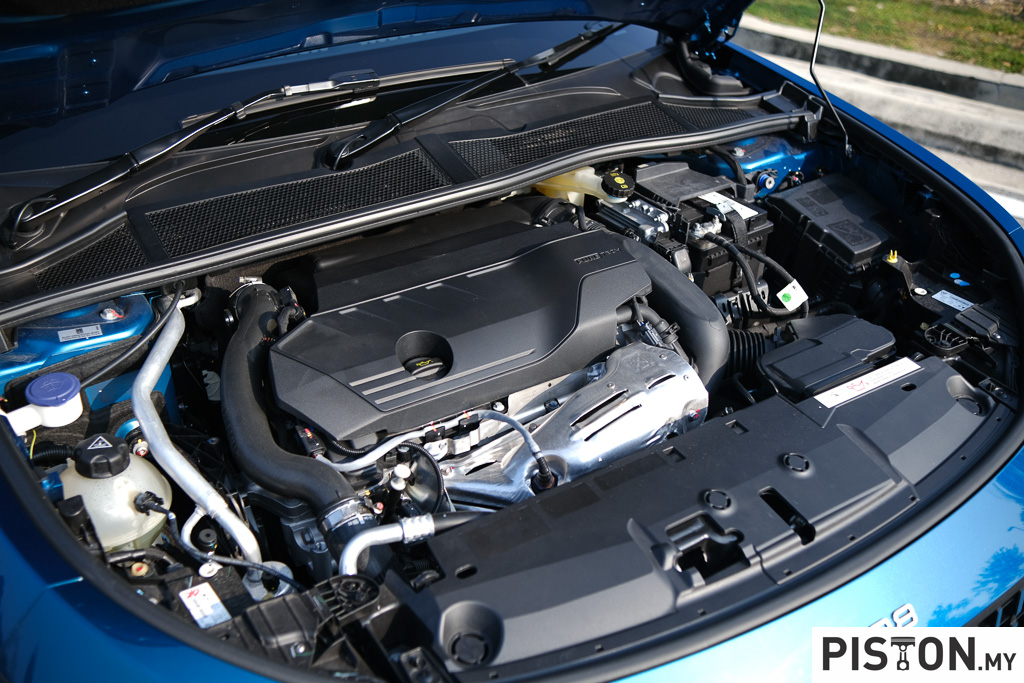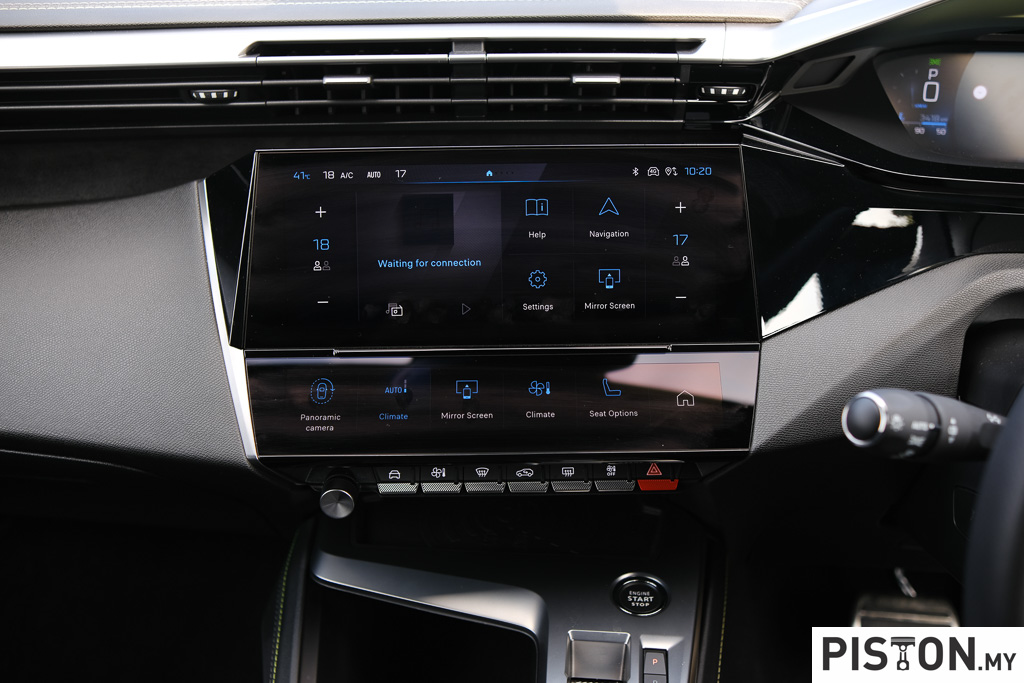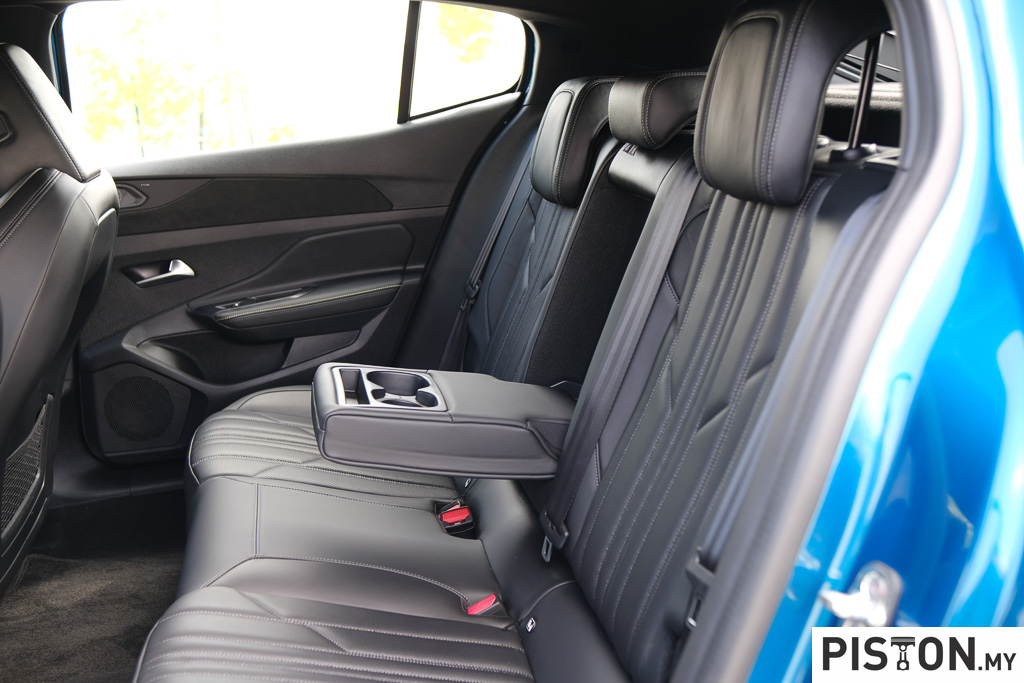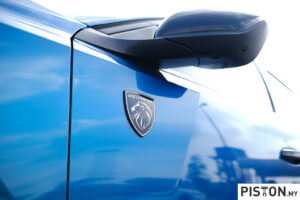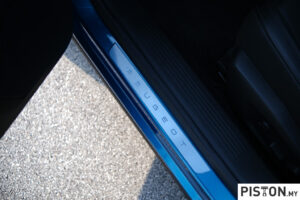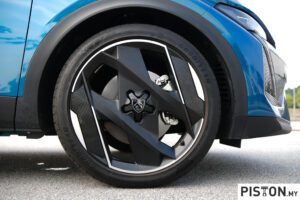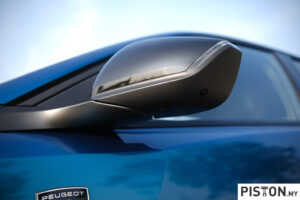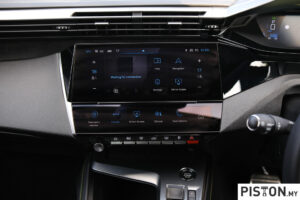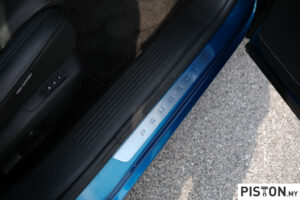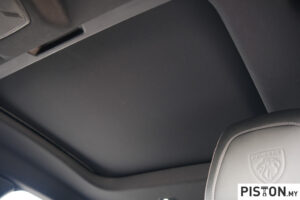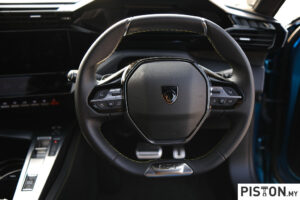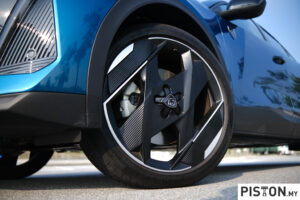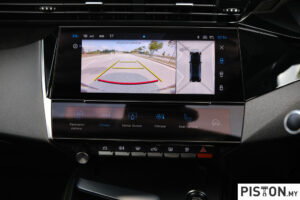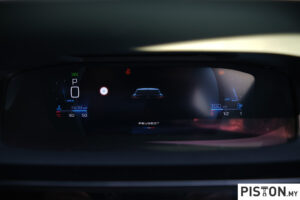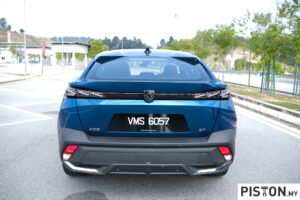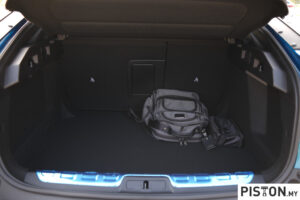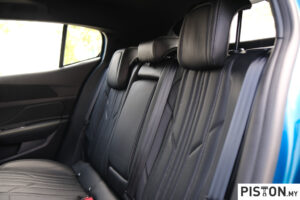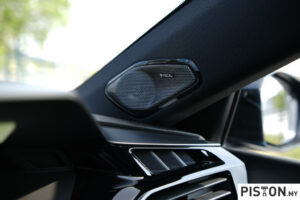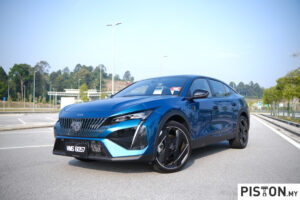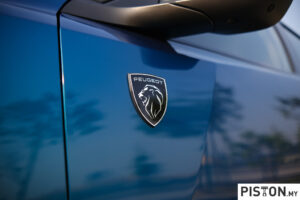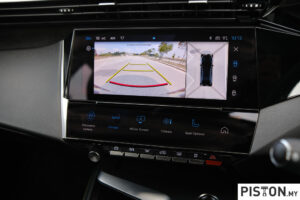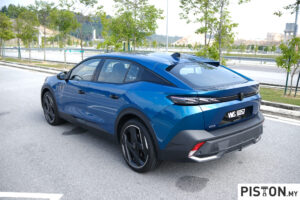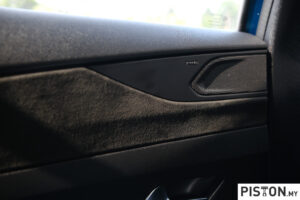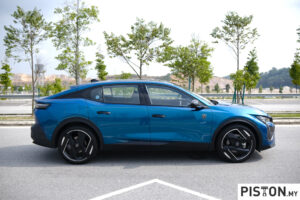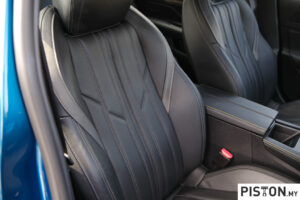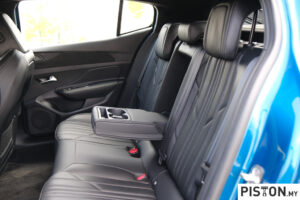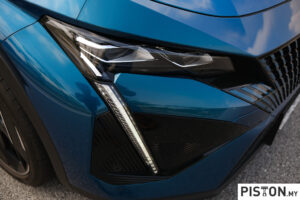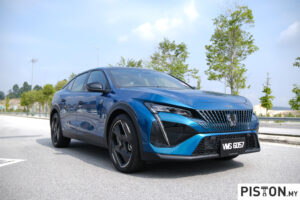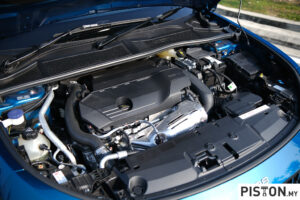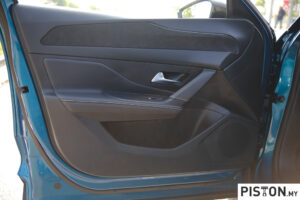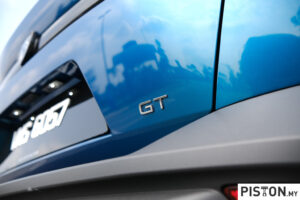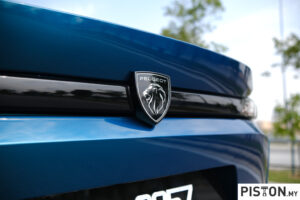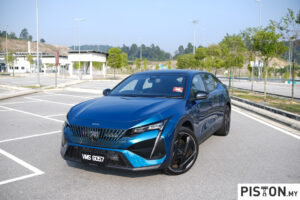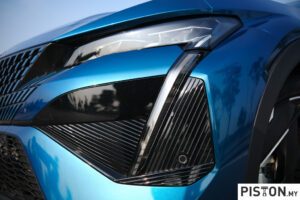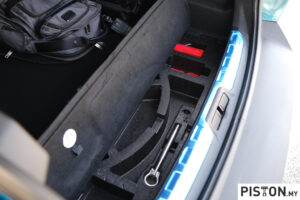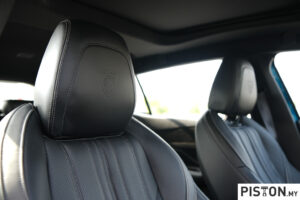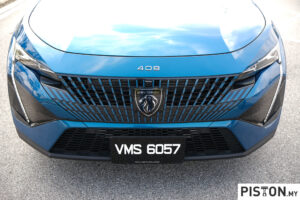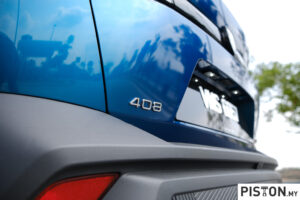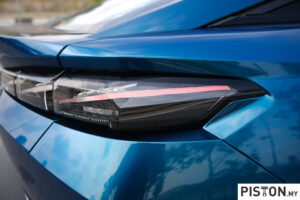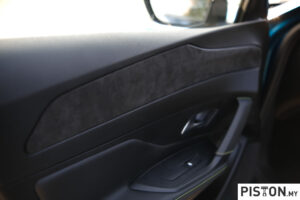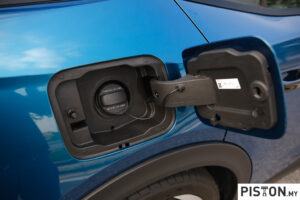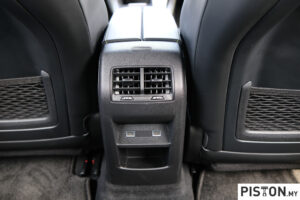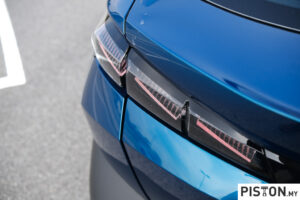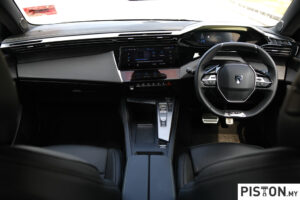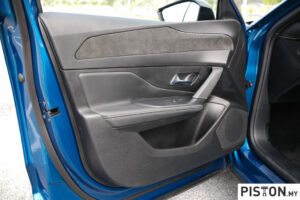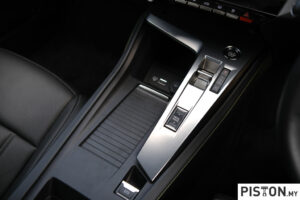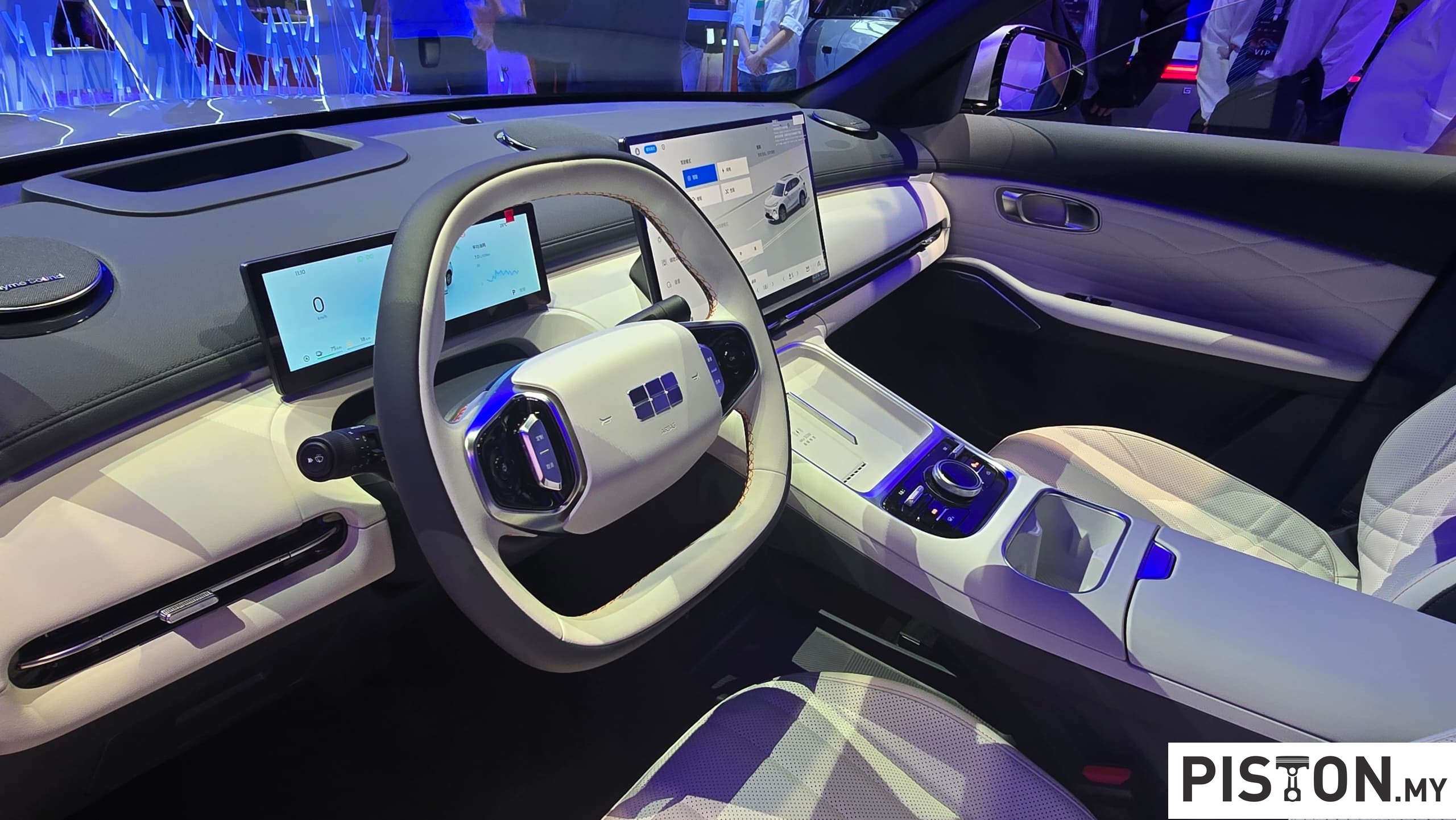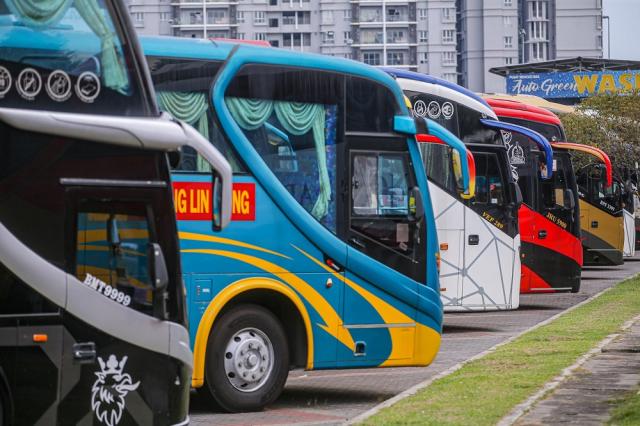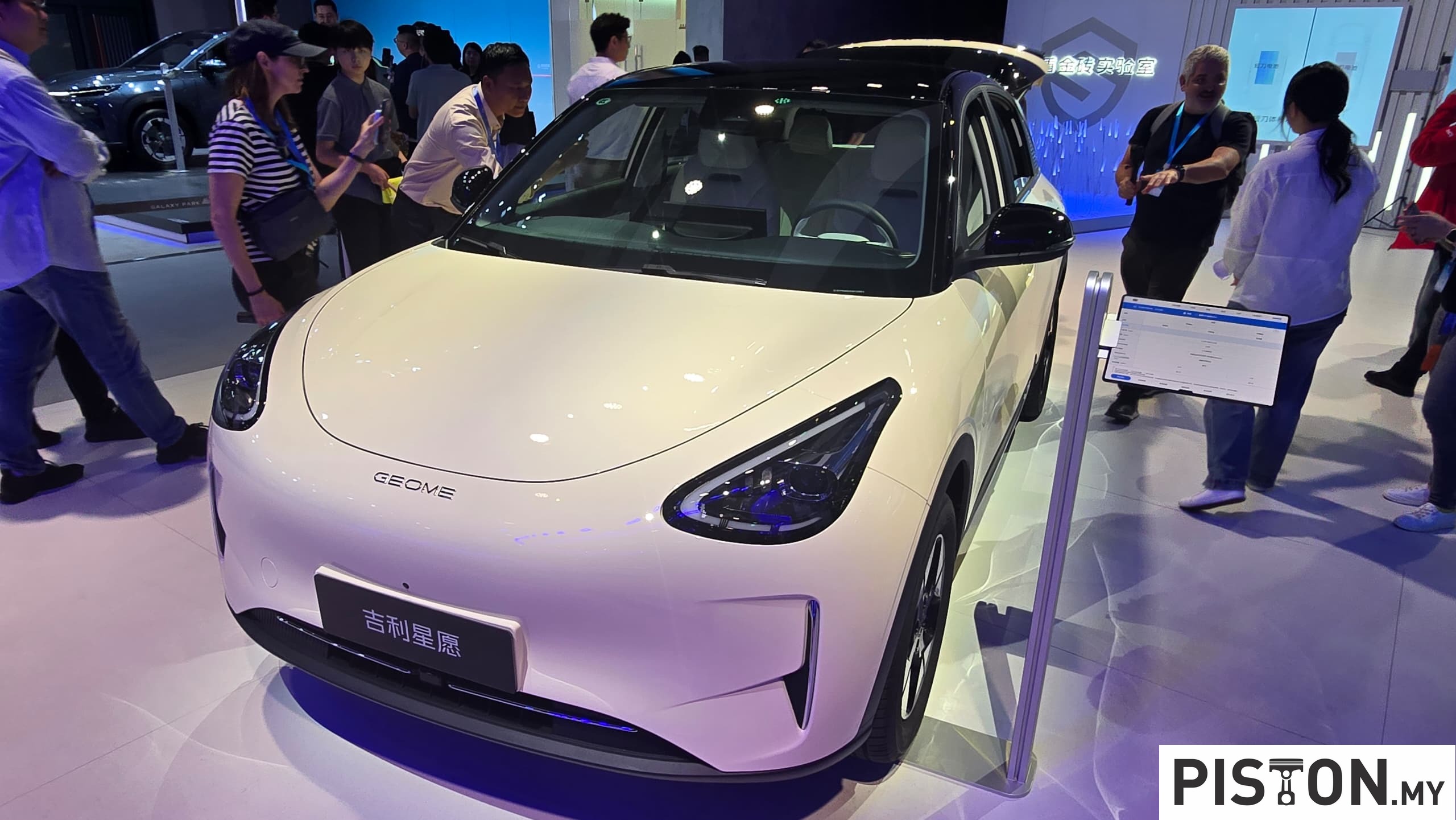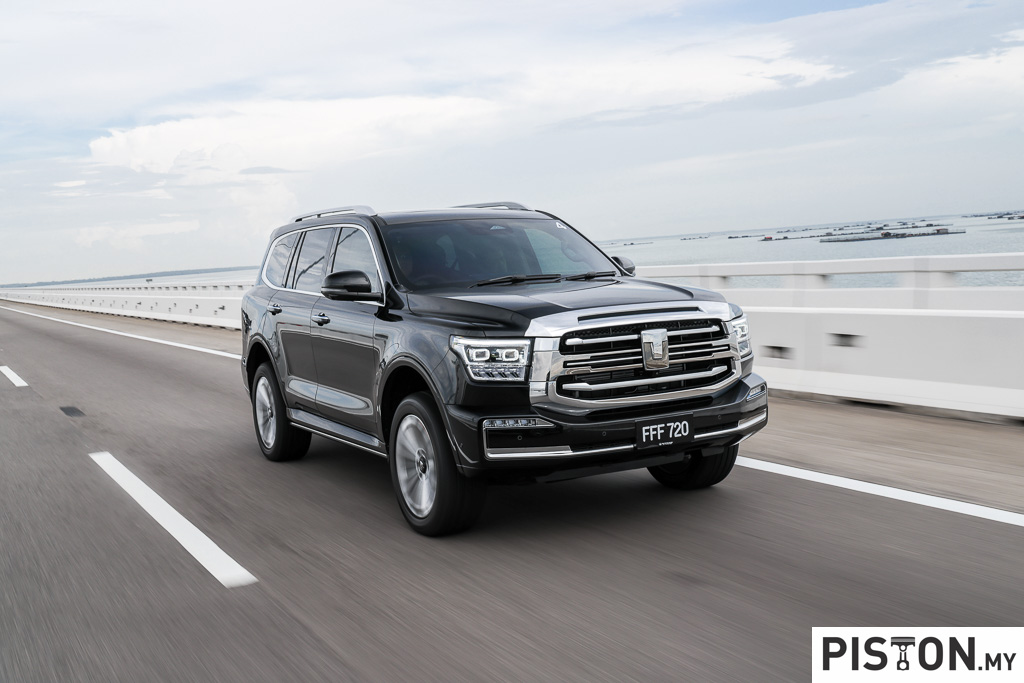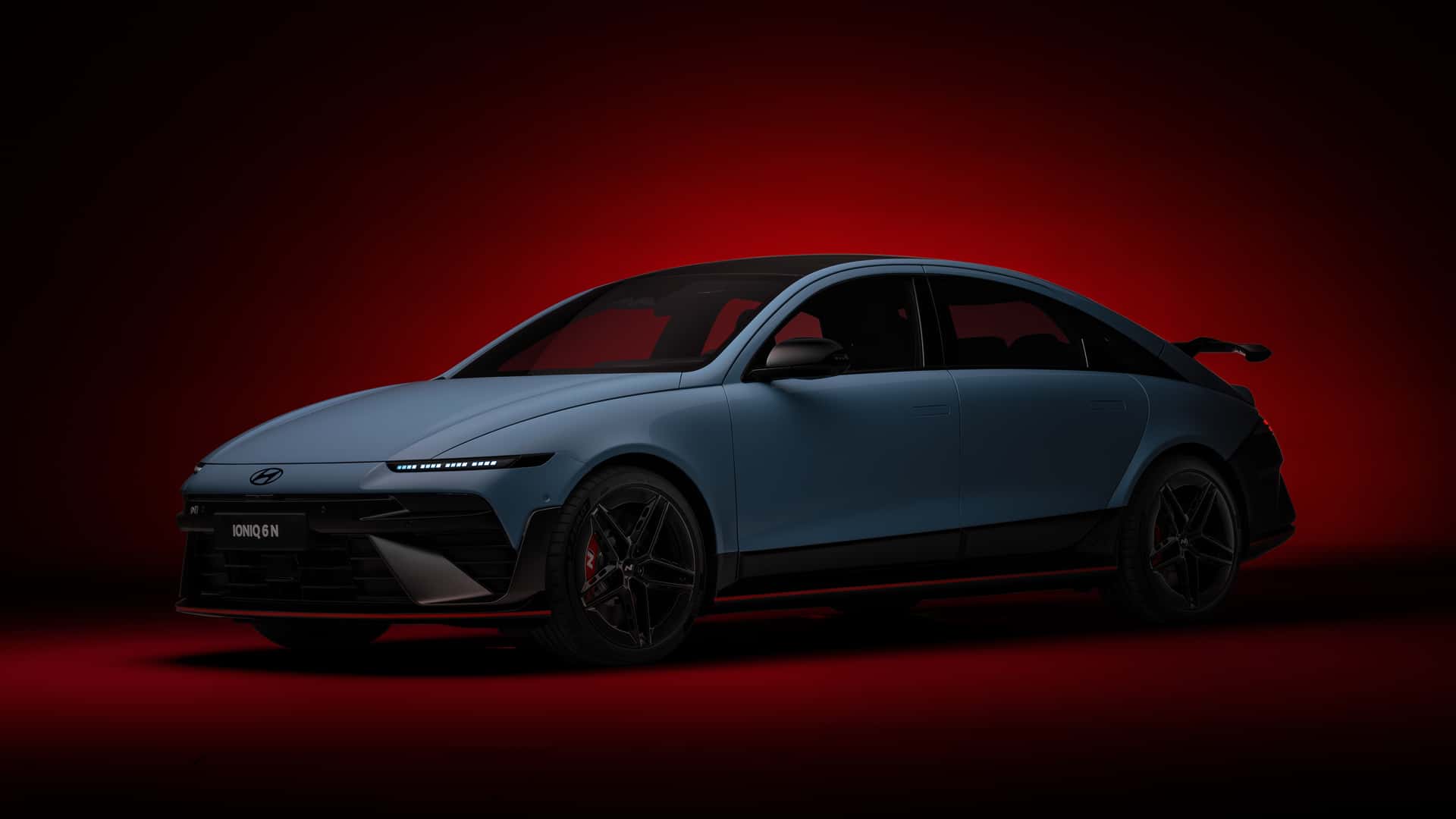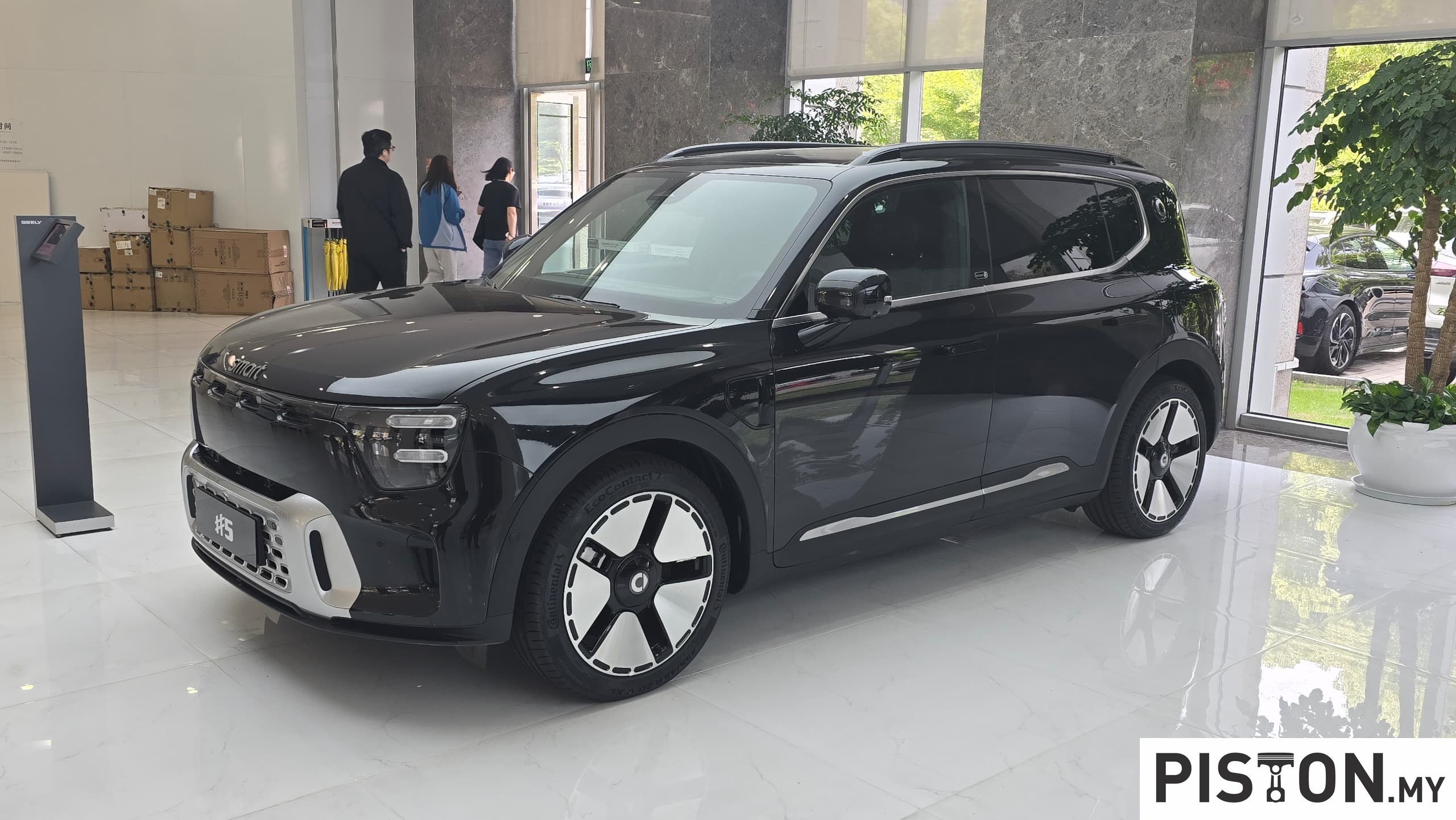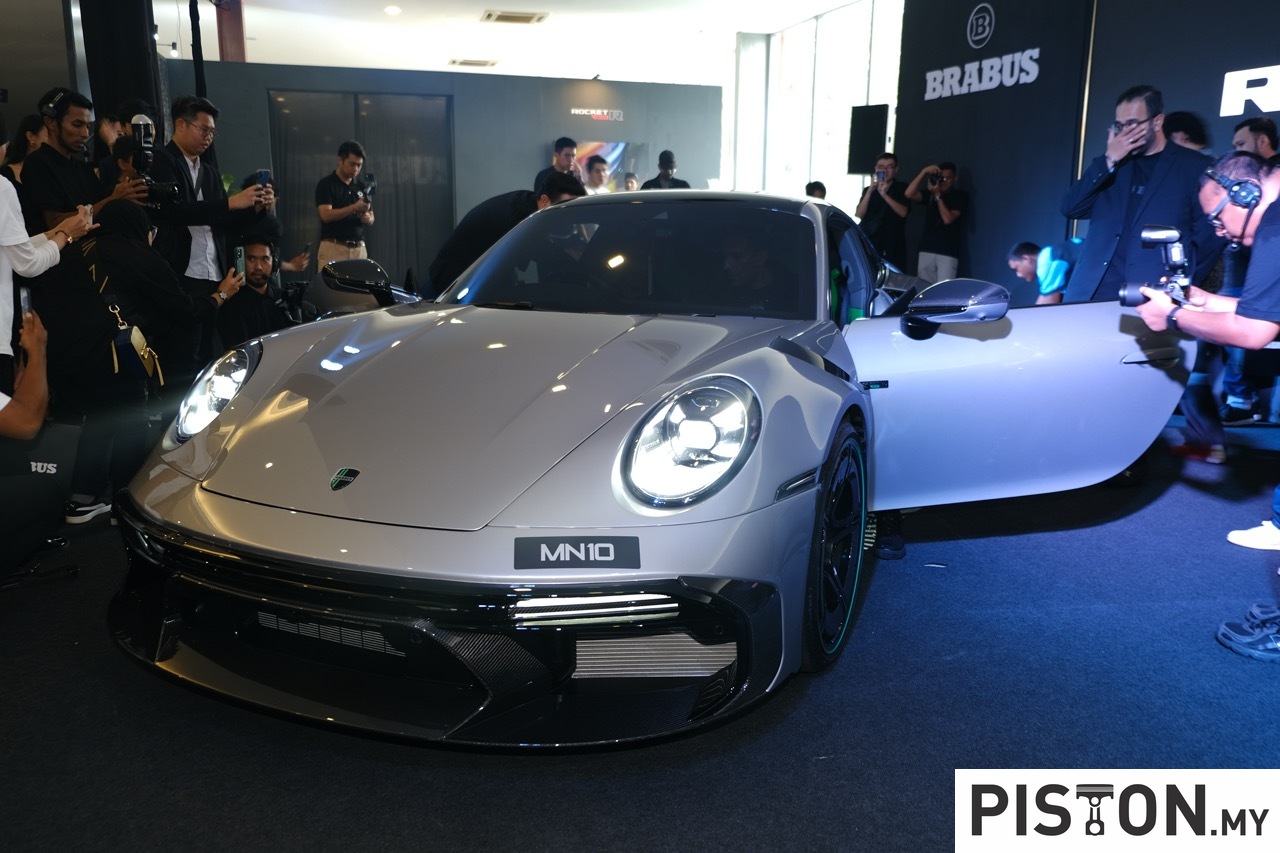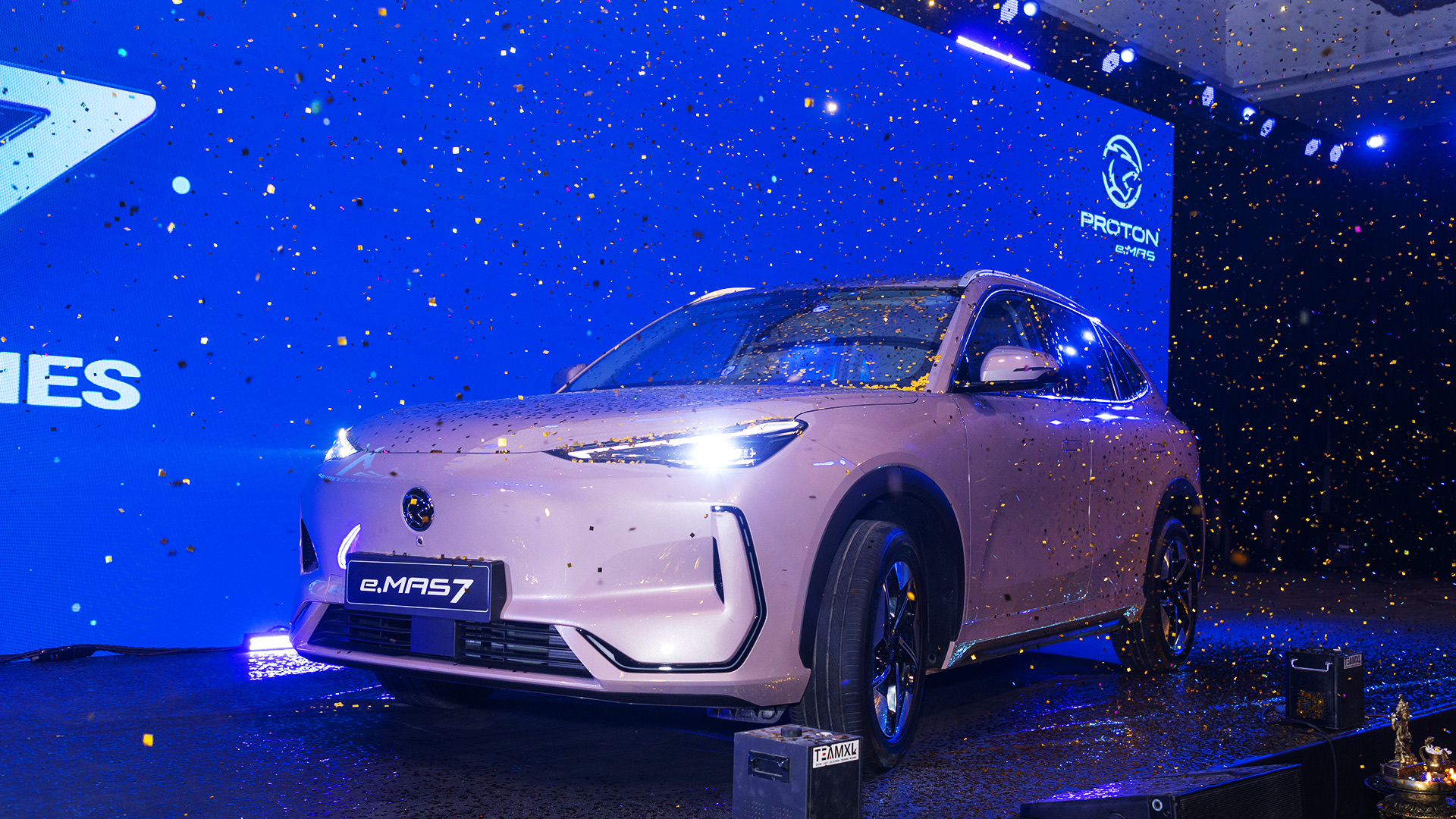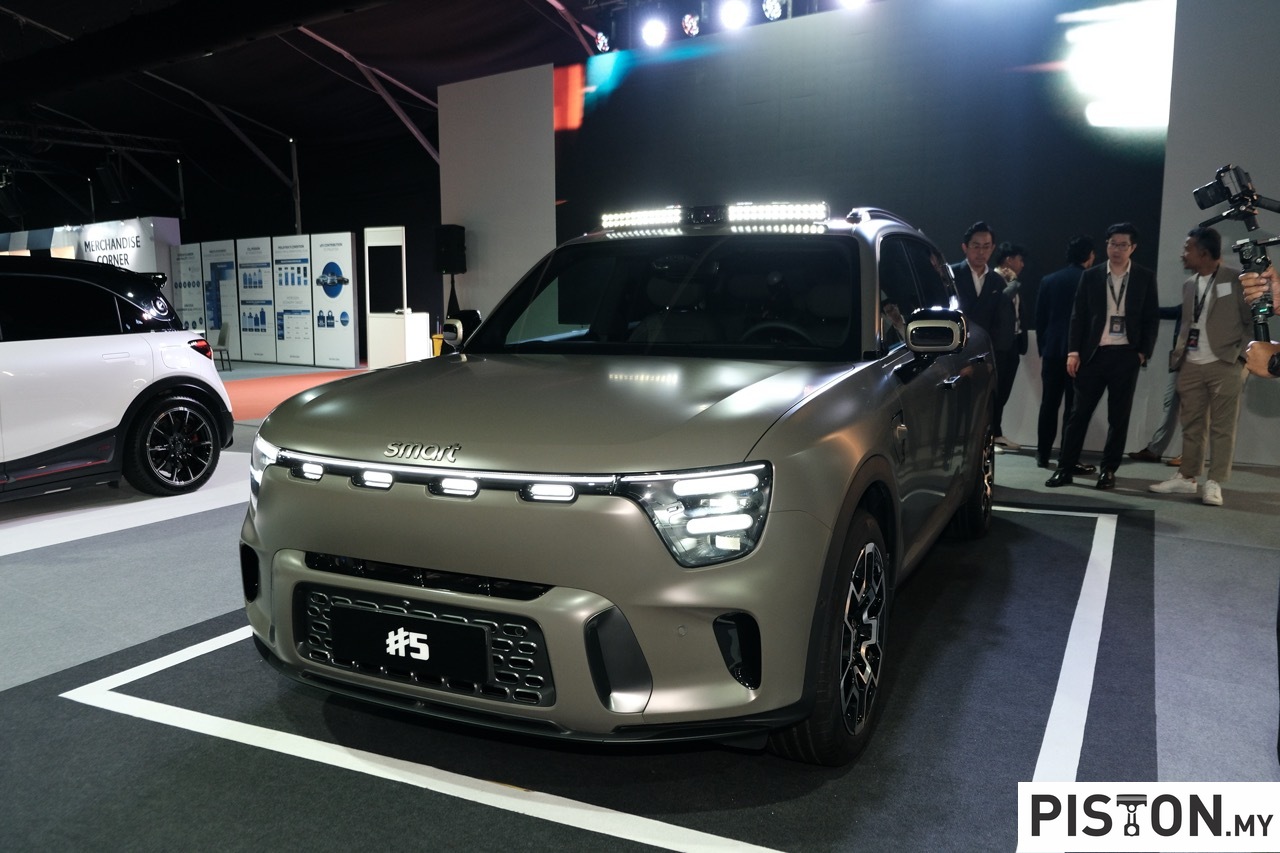It would be cliché to start an article about Peugeot by mentioning its past. Plenty has been written already, and many already know that the brand has been in Malaysia for a while, and if its current form is any indication, Peugeot is here to stay.
We shall not mention anything about its past distributors and dealers either, nor shall we talk about the issues owners have had with spare parts in the past. Plenty has been said about that as well and there are plenty of articles on those topics on google.
Peugeot is now official represented in Malaysia via the Stellantis Group, which is the brand owner, custodian and manufacturer of Peugeot cars, not only in Malaysia but globally as well.
That basically means that Peugeot and its fans have never been in a better place.
Heading the charge for the refreshed Peugeot brand in Malaysia is a trio of variants for the 408 model – the entry-level Allure which is priced at RM146,055, after that is the Premium and that is priced at RM166,055 and then comes the GT, priced at RM196,055.
We have driven the Premium and were already quite impressed by it, and later we drove the GT and because the Premium already ticks all the boxes, we were wondering if the GT truly is worth RM30,000 more.
So that is what we want to explore in this article.
Who are its competitors?
Being a c-segment contender, the 408 goes up against the likes of the Honda Civic, Toyota Corolla Altis, Mazda 3 sedan and even the Proton S70, because Proton insists to position the S70 in the same, ultra competitive segment as the brands mentioned above.
The 408GT, which is the topic of this article, is the most expensive in the segment. The top spec variant of the hugely popular Honda Civic for example costs just RM167,900, a full RM28,155 cheaper.
Mazdas are known to be quite expensive in Malaysia as well, but even the most expensive 3 sedan is priced at RM165,000. The top of the line Corolla Altis on the other hand costs RM147,800.
So you really have to love the 408 GT to be able to justify buying it over some of its competitors.
Why pick the GT over the cheaper variants?
It is difficult to justify spending RM30,000 more for a variant that has somewhat the same body style, same engine and largely the same interior. But once you start diving into the details and spending time poking and prodding around the interior of the GT, you will start notice something’s that stand out and hopefully be able to help you justify the price premium to your significant other.
But before we dive inside, let us take a moment to talk about what the exterior has to offer.
The two biggest distinguishing factors from the outside are firstly the 20-inch Monolithe wheels which look fantastic to say the least, but may will set you back a pretty penny when it comes time to replace the tyres. Just for the record, the other variants roll on 18-inch wheels.
And then there is the body work, particularly the grille. The Allure and Premium variants sport chrome grilles, but the GT gets a swanky one that is painted in body colour and gracefully merges into the bodywork of the car.
On top of that, the GT also gets matrix LED headlamps with a 3D LED tail lamp. Talking about the tail, the GT too unfortunately comes with a bulbous rear bumper that is finished in untreated plastic and is quite an eye sore. To this writer’s eyes at least.
And the other problem with untreated plastic besides being unsightly, is that scratches will tend to stick out and are difficult to repair.
Now we move inside
The interior of the 408 was one of its biggest attractions when the car was first launched. Marred only by the weirdly shaped steering feel that feels good in your hands but hinders the view of the instrument cluster ahead.
You could obviously adjust the seat, but you end up sitting too low or too high. Why Peugeot has insisted on continuing with the oblong shaped steering wheel for the past decade when there have been plenty of complaints is beyond us. May they see the light with the next model.
The dash is minimalistic yet high tech, and the software does taking some getting used to but it is not overly complicated. The instrumentation for the GT is almsot the same as its siblings; a 10-inch instrument cluster but the GT gets a 3D quartz version and a 10-inch infotainment screen.
However, the GT also gets configurable i-Toggle controls that is set just under the infotainment screen. This lets you program shortcuts to key controls such as air-conditioning controls, camera setting, seat controls and others. It is a clever method of giving you quick access without having to navigate layers of menu.
The one thing that we particularly like about the 408 are the seats, and that is something that we have raved about in our review of the Premium variant as well. The GT also gets those brilliant seats, but they come wrapped in premium Nappa leather instead. And the GT also benefits from electronic seats for passenger and driver, which also come with memory and massage function. That is what the RM30,000 premium gets you.
Topping off the interior is a fantastic 10-speaker Focal sound system, while the cheaper 408’s make do with a regular six-speaker system.
In terms of spaciousness though, taller passengers will find themselves more comfortable in the front seat than at the back. And that is putting it simply.
So how does it drive?
They say that you must always listen to your elders, and if there is one thing that I have heard my elders tell me repeatedly is that Peugeot’s always drive well. And they still do.
The suspension is brilliant, and we salute how Peugeot has managed to find the perfect balance of comfort and control.
On the highways, the 408 absorbs and isolates the road from the cabin. In the corners, the suspension keeps the car settled with minimal body roll, giving the driver the confidence needed to keep the car steady and centered in its lane, particularly when navigating high speed corners.
The engine is the same across all variants – the PureTech 1.6-litre, turbocharged, four-cylinder engine makes 218PS and 300Nm of torque across the range. All that power is channeled to the front through a smooth-shifting eight-speed transmission.
The powerplant is efficient and yet powerful as well. The turbo lag can be noticeable at times but switching it to Sport mode solves that, so if you are the type that like to carve across corners when the mood arises, you will like how the car handles and delivers its power.
So, is it worth RM30,000 more?
The real question here is, if you can afford it, then why not? The GT has a lot of nice tech and toys that hopefully the next owner of the car will appreciate as well.
This writer loves a good sound system, and an interior wrapped in Nappa, so yes that is one thing good about the interior.
Having electronic seats all around is also a great thing and adds a touch of premiumness to a car positioned to take on the Civic and Corolla Altis.
But RM30,000 is understandably a lot of money, but as we said – why not?
Specifications
Engine: 1.6-litre, 4-cylinder, turbocharged
Power: 218hp@5750rpm
Torque: 300Nm@2000rpm
Transmission: 8-speed automatic
Price (As tested): RM196,055
We like: Design, drive, interior
We don’t like: That rear bumper



